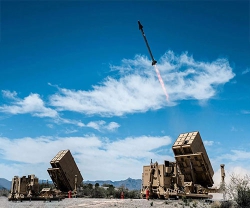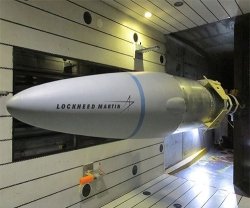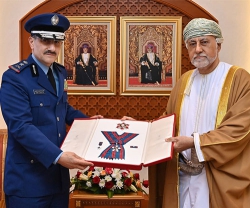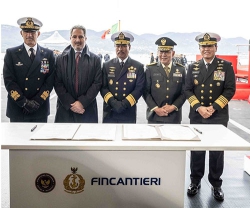Early in November, the European Defence Agency (EDA) announced the implementation of EXCEED, the last of the three defence research projects selected under the 2018 call for proposals for the EU Preparatory Action on Defence Research (PADR).
EXCEED, which stands for ‘trustEd and fleXible system-on-Chip for EuropEan Defence applications’, aims to create a European supply chain for a reconfigurable, flexible and trustable programmable system-on-a-chip family.
As of today, most of the Field Programmable Gate Array (FPGA) used by European industries are American products manufactured on Asian industrial lines. The lack of a sovereign European solution on the market entails a dependency to ITAR or ITAR-like policies and represents a risk in terms of security and restrictions of use. Considering the strategic nature of FPGA, last week the EDA signed a grant agreement worth €12 million with the winning consortium in which MBDA is involved. Led by STMicroelectronics, it encompasses 19 participants from seven countries (France, Germany, Italy, Spain, Greece, Poland and Norway).
A Field Programmable Gate Array is an integrated circuit designed to be configured by a customer or a designer after manufacturing.
MBDA’s contribution to this project will be to express the requirement and the technical specification of the component in order to define the security standard and the global architecture of the FPGA. The company will also play a leading role in the analysis and evaluation of the tools associated to the future system-on-a-chip family.
The application of disruptive defence technologies’ can radically change concepts in defence and the conduct of defence operations. While it is important to provide funding to support mature defence technologies in order to improve the performance of existing capabilities, it is also important to be foresight and ensure European armies are equipped with innovative technologies that give them a military edge. The research and development of disruptive technologies aims to bring a radical change of paradigm, to confer an asymmetry on capability between the military powers and to maintain a dominant position on the technological level.
PADR, along with the European Defence Industrial Development Program (EDIDP), is one of the two precursor programs of the European Defence Fund (EDF). Used as a pilot device, the PADR is defined as a concrete step aimed at « evaluating and demonstrating the added value of R&T projects in the field of defence supported by the European Union ». Its total budget of 90 million euros spread over 3 years (2017-2019), allows funding 18 collaborative research projects selected through 10 competitive calls for proposals. The implementation of the research projects will extend until mid-2023.
Always involved in the development of new technologies, MBDA is part of six PADR: TALOS (laser DEW), OCEAN 2020 (maritime awareness), SALOMON (technological independence for EU), EXCEED (FPGA), OPTIMISE (positioning system for defence in GNSS-denied areas) and INTERACT (interoperability standards for unmanned armed forces systems).






















